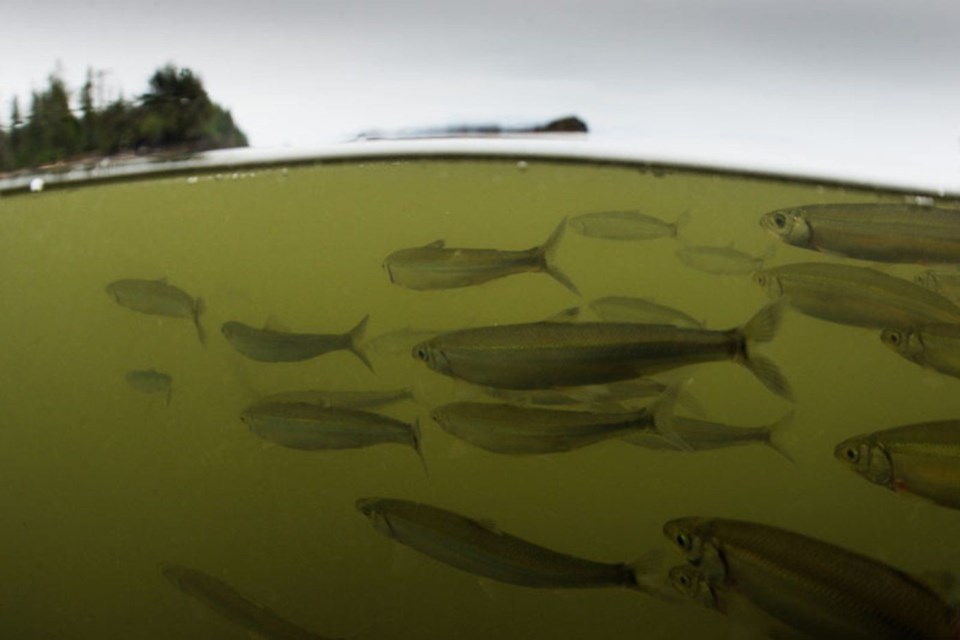The annual salmon Invisible Migration Event is cancelled for 2022 due to staff shortages and deaths in the community, Lake Babine Nation Fisheries and the Skeena Watershed Conservation Coalition have announced.
The invisible migration is the journey of 300 million juvenile salmon as they travel to the Skeena River estuary, the event website states. These young salmon will eventually continue on to the Pacific ocean where they will grow before returning to the Skeena in two to five years. It is called the “invisible” migration because the rivers are in flood during this time so the brown waters hide the fish from view.
This would have been the seventh year of the Invisible Migration event at the Babine River.
“All the communities around will definitely miss it. It was a great networking event that was just no politics and all about celebrating the smolts and wishing them a safe journey,” said Donna MacIntyre, fisheries director at Lake Babine Nation Fisheries.
More than 600 people attended the last in-person event in 2019. The day’s activities included education sessions about the salmon and conservation programs, as well as drumming, and singing, with bannock and grilled salmon to eat. The event was cancelled in 2020 due to the pandemic and there was a virtual event in 2021.
“Celebrating the out-migration is sort of like blessing the fish and hoping that as many as possible will come back,” said Shannon McPhail, co-executive director of the Skeena Watershed Conservation Coalition. “The Babine is where 90 per cent of the sockeye salmon come from for the whole Skeena watershed.”
The salmon populations are a keystone species, explained McPhail.
“How salmon populations are doing is directly responsible for things like how much does the forest grow. You can look at growth rings on a tree and know how many fish were in the river that year,” said McPhail.
“It’s time to really take the cautionary principle and implement some conservation and restoration measures but instead what we’re actually seeing is more permitting for industrialization in wild salmon habitat.”
The virtual resources from the 2021 Invisible Migration event are still available online. The event is expected to return in 2023.



